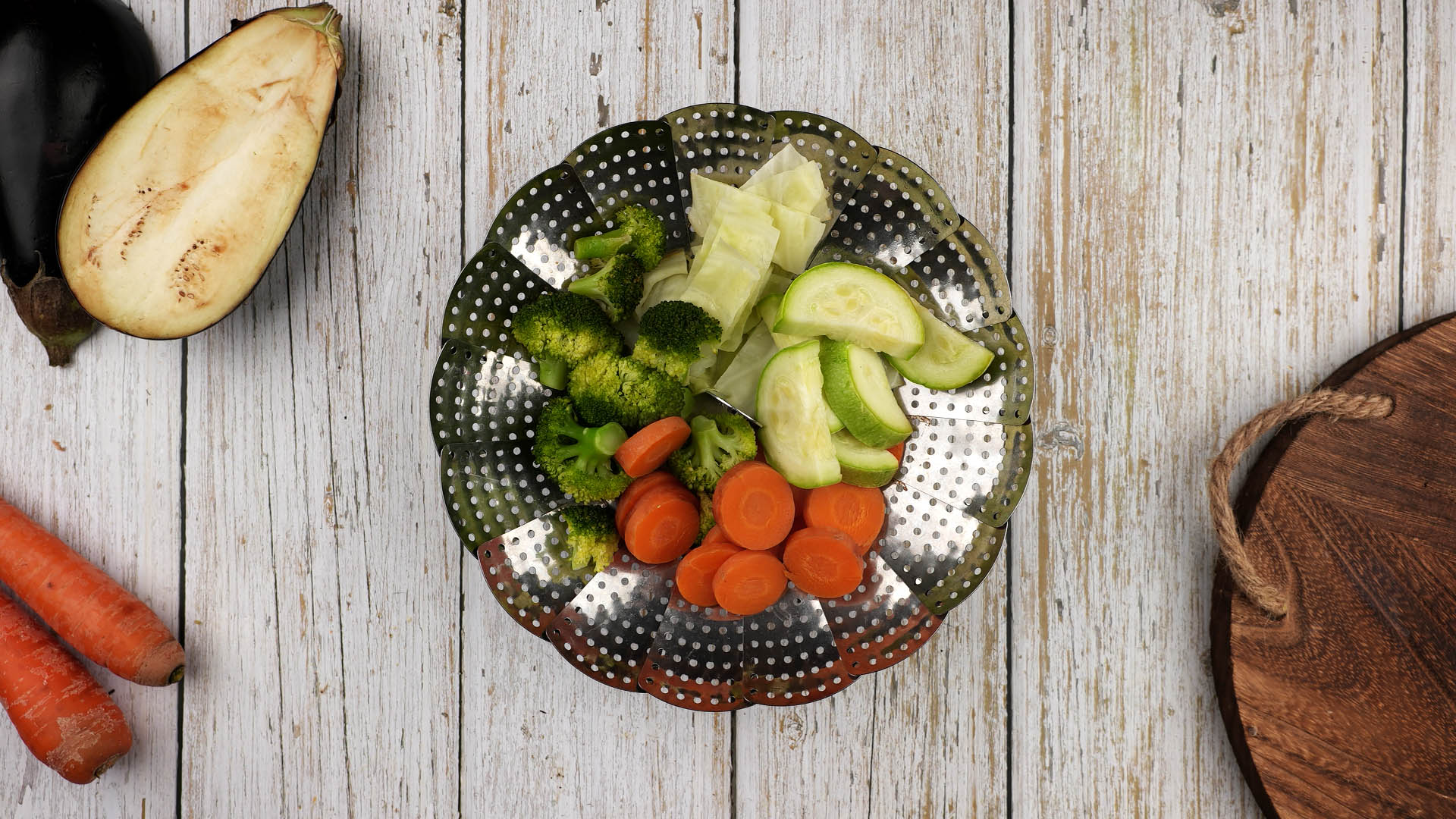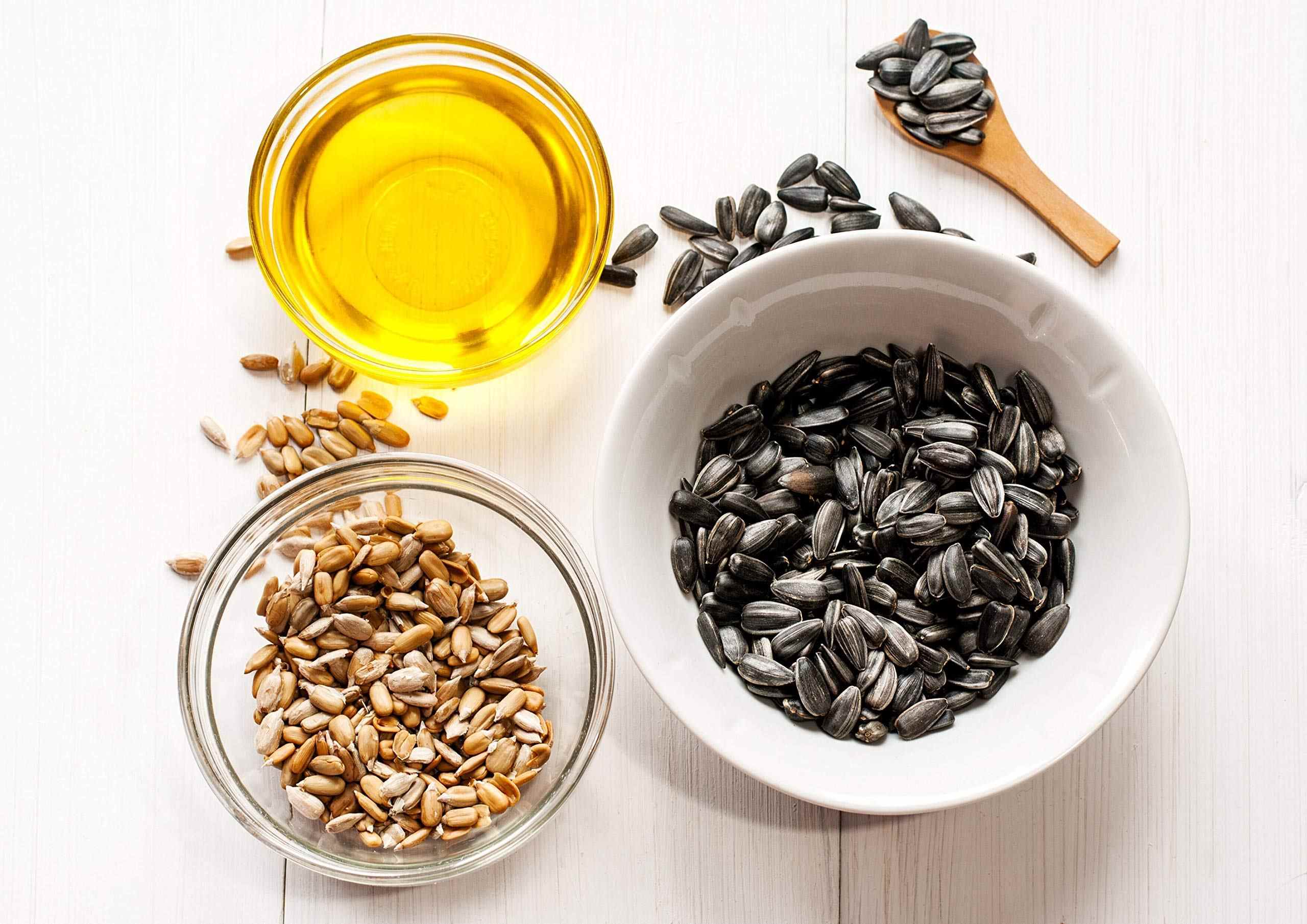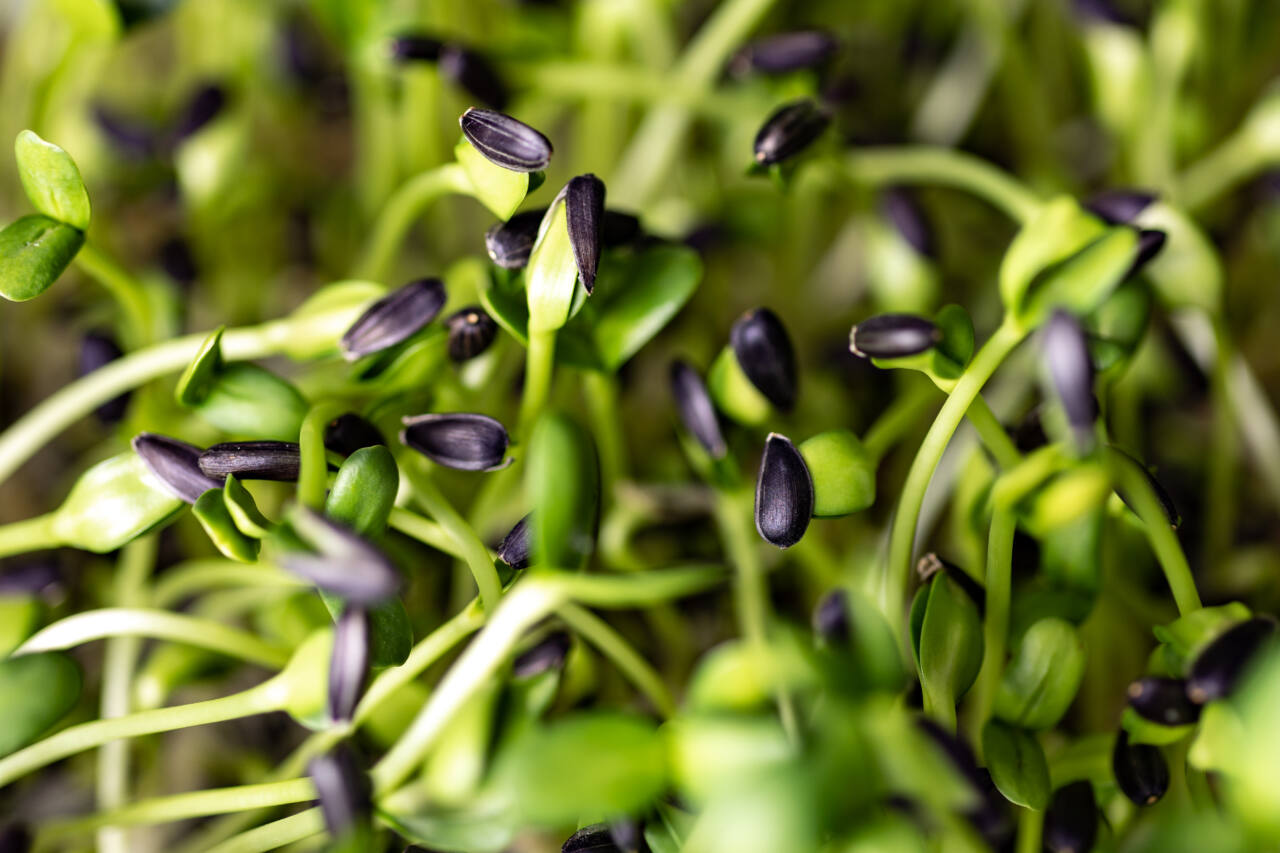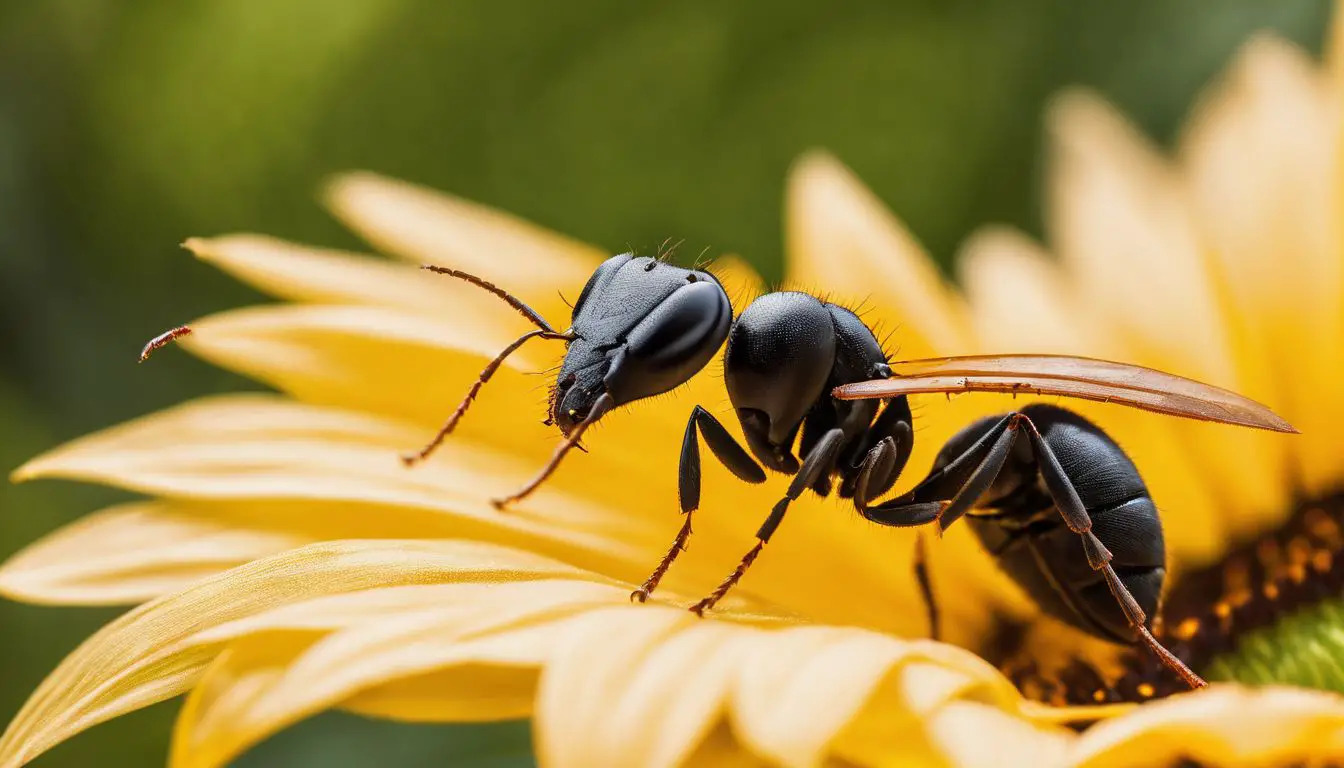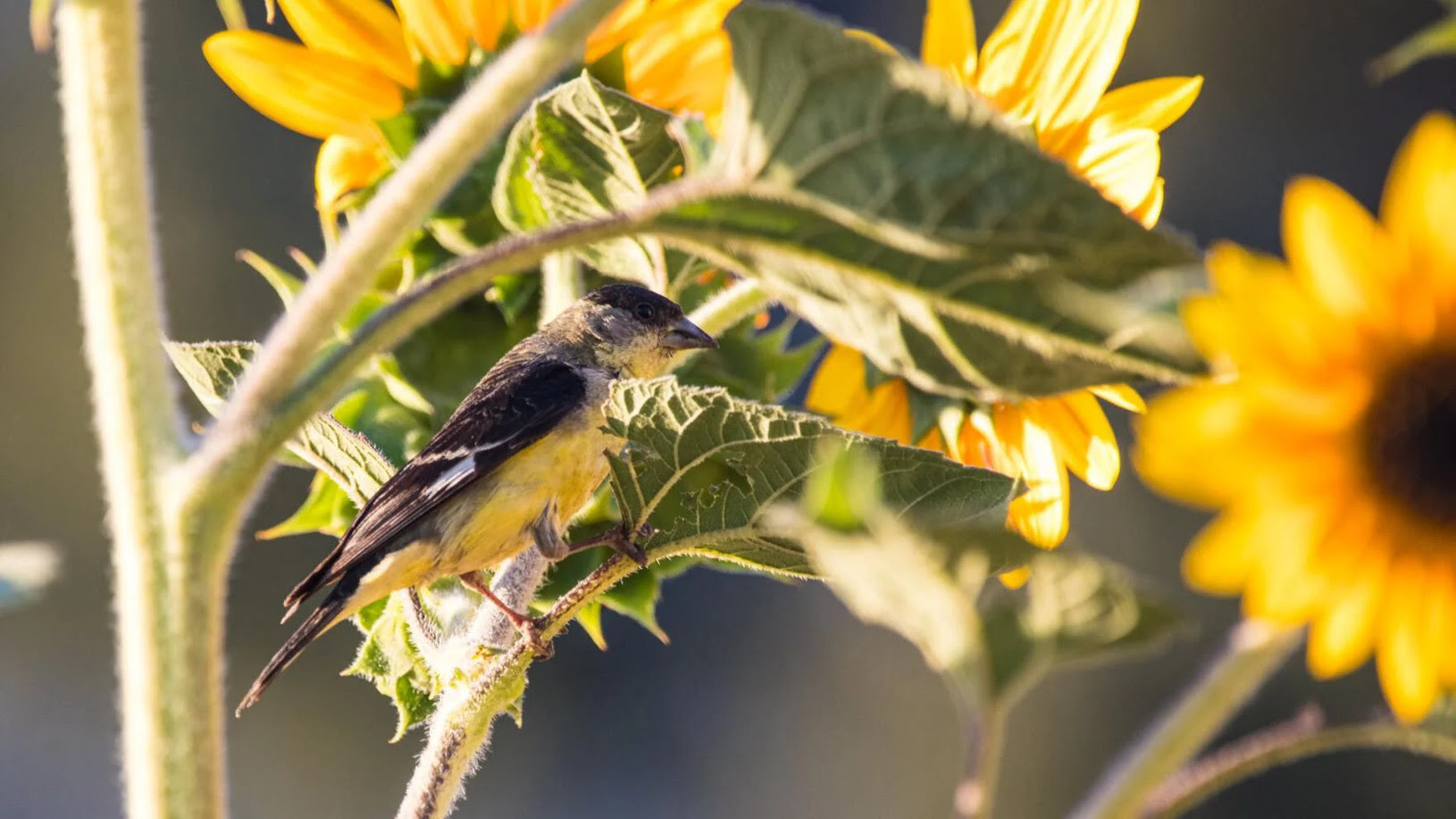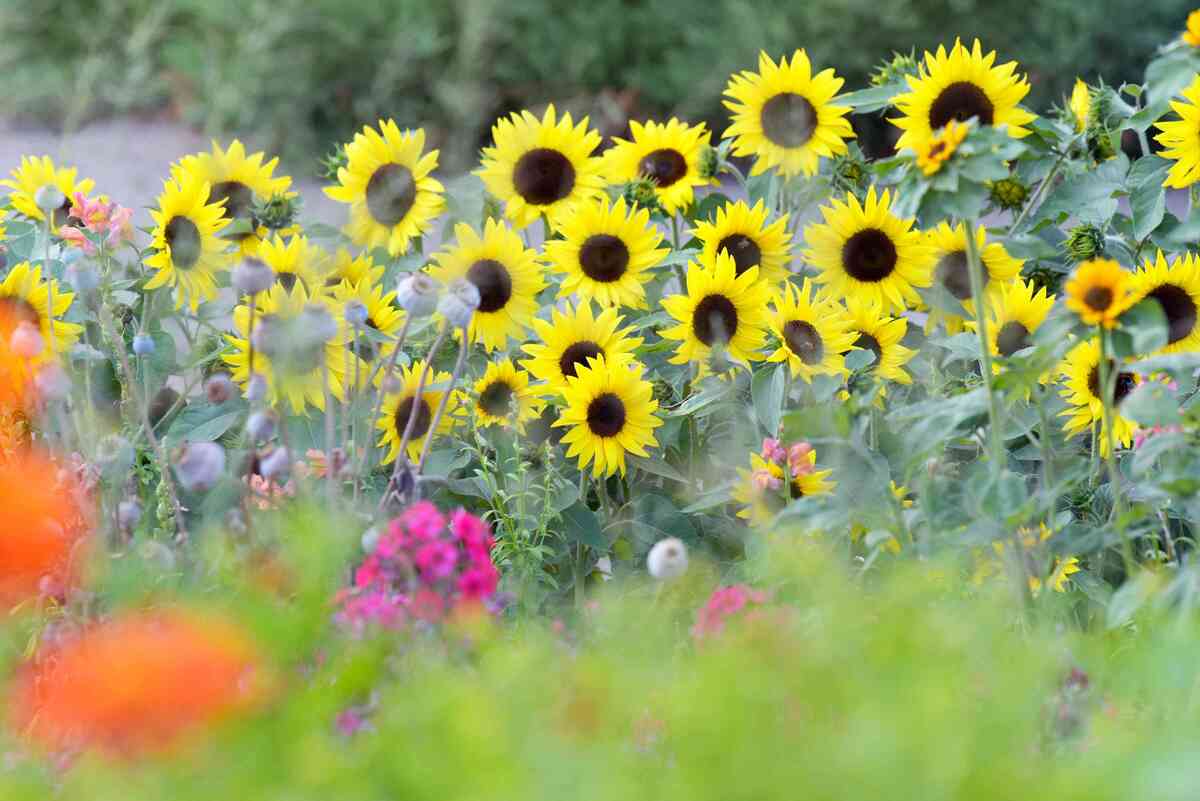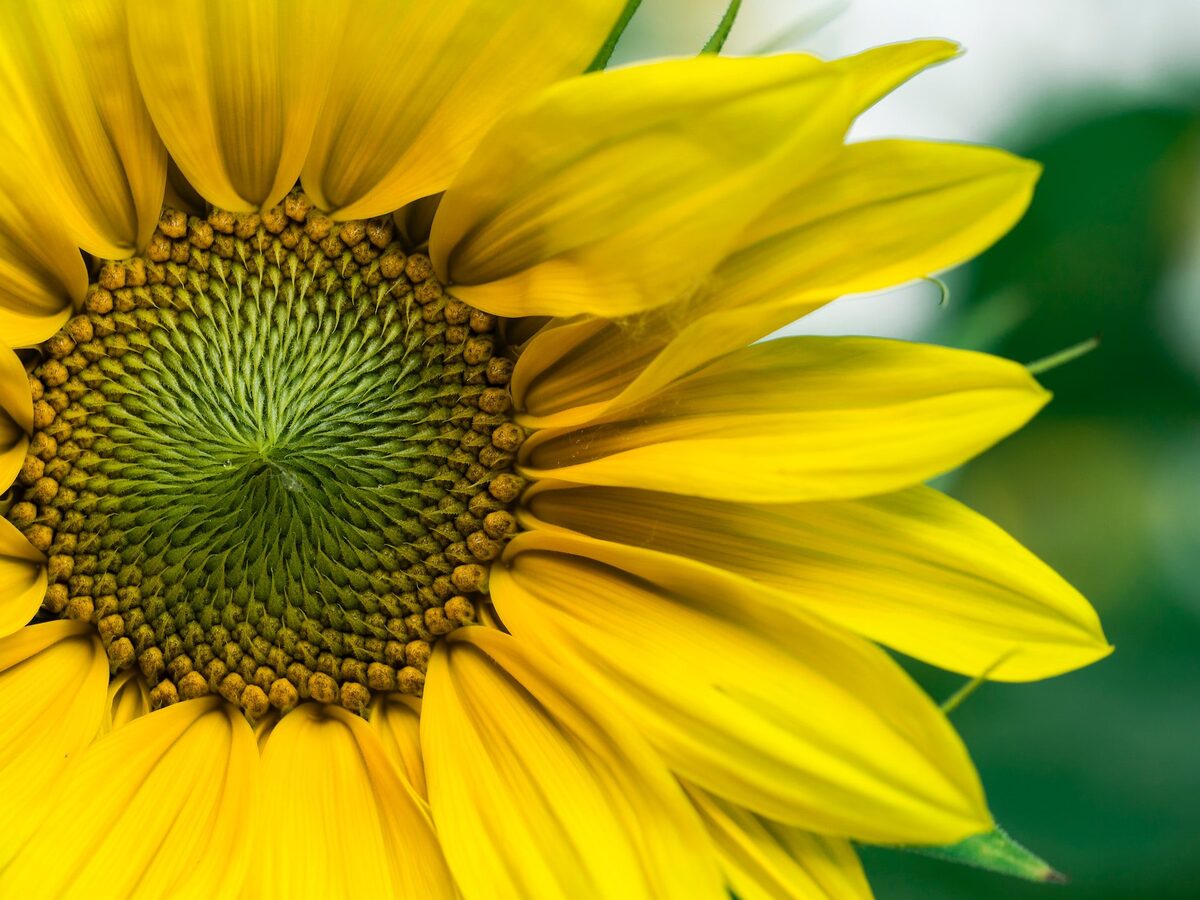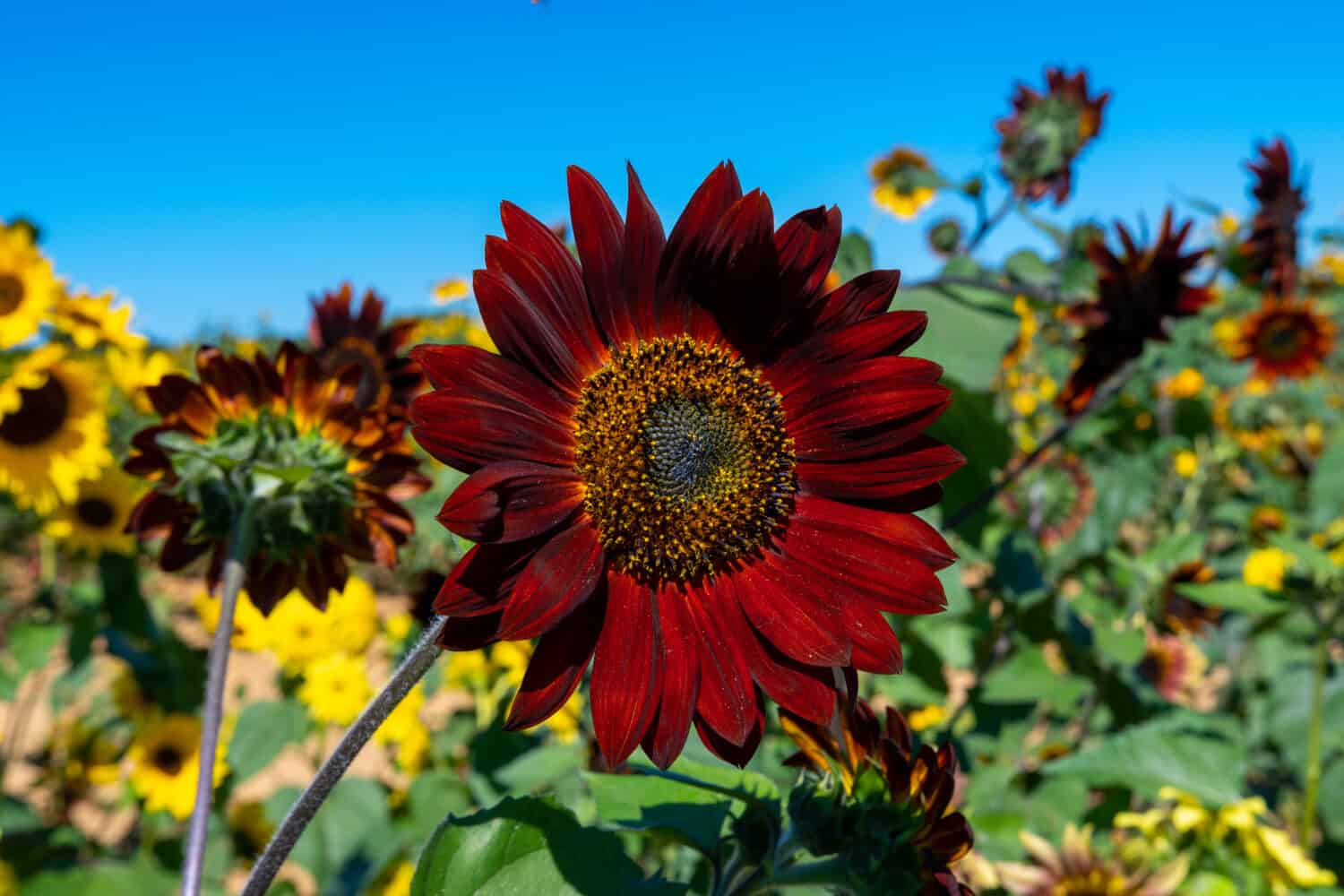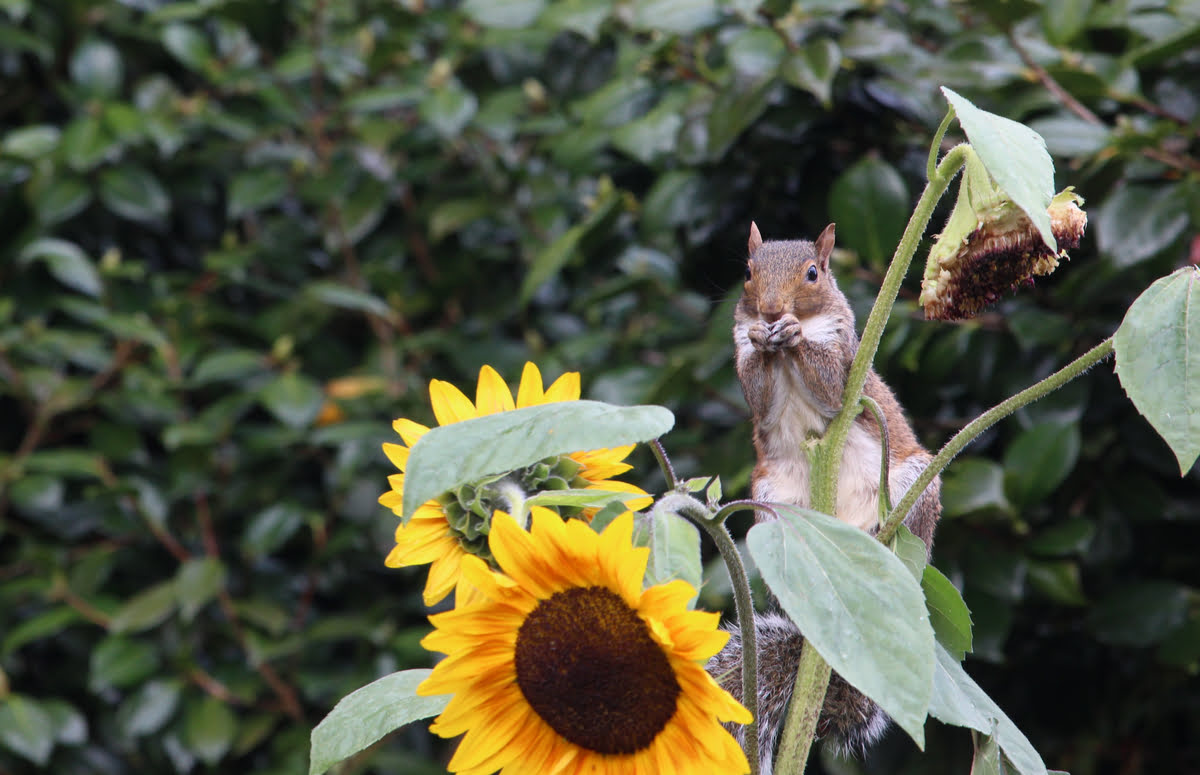(Many of the links in this article redirect to a specific reviewed product. Your purchase of these products through affiliate links helps to generate commission for Chicagolandgardening.com, at no extra cost. Learn more)
What Season Are Sunflowers?
Introduction
Sunflowers, with their vibrant yellow petals and impressive height, are beloved plants that bring joy and beauty to our gardens. But have you ever wondered what season sunflowers actually grow in? In this article, we will explore the growing season of sunflowers, the varieties available for different seasons, factors that influence their growth, and optimal harvesting time for these iconic flowers.
Sunflowers are annual plants, which means they complete their life cycle in a single year. They are native to North America and have been cultivated for centuries. These bright and cheerful blooms are known for their ability to thrive in sunny conditions, hence the name “sunflower”. The sunflower’s blooming season brings warmth and brightness to our gardens, making them a popular choice for both experienced gardeners and beginners.
When it comes to the specific season for sunflowers, they are typically grown during the warm months of spring and summer. Sunflowers love sunlight, so they require long days and plenty of direct sunlight to grow and bloom to their full potential. It is important to note that the exact growing season may vary depending on your location and climate.
During the spring, when the temperatures start to rise and frost is no longer a concern, it is an ideal time to plant sunflower seeds. This gives them sufficient time to establish their roots and grow strong before the peak of summer arrives. As summer approaches, sunflowers will be in their prime, displaying their majestic flowers and reaching impressive heights that can range from a few feet to over 10 feet tall.
While sunflowers are predominantly associated with the warm season, it is also possible to extend their growing season by starting them indoors before transplanting them outside once the danger of frost has passed. This offers flexibility in regions with shorter summers or cooler climates.
In the remaining sections of this article, we will delve further into the growing season of sunflowers, explore different varieties suited for specific seasons, discuss the factors that impact their growth, and provide insights into when to harvest these sun-kissed beauties.
Growing Season of Sunflowers
The growing season of sunflowers typically spans from late spring to early autumn, encompassing the warmest months of the year. Sunflowers are sun-loving plants that require a minimum of 6 to 8 hours of direct sunlight daily to thrive. This makes them perfect for gardens in regions with long, sunny days.
Before planting sunflowers, it’s important to prepare the soil properly. Sunflowers prefer well-drained soil with a pH level between 6.0 and 7.5. Loosen the soil to a depth of about 12 inches and remove any weeds or debris that may impede growth. Adding organic matter, such as compost or aged manure, can improve soil fertility and moisture retention.
The ideal time to sow sunflower seeds is when the soil temperature reaches around 50 to 55 degrees Fahrenheit (10 to 13 degrees Celsius). In most areas, this occurs during late spring. However, you may need to adjust the planting time depending on your specific location and climate.
When planting sunflowers, ensure that the soil is moist but not overly saturated. Space the seeds about 6 inches apart, planting them 1 to 2 inches deep. Once planted, water the seeds thoroughly and keep the soil consistently moist until germination occurs, which typically takes around 7 to 10 days.
As the seedlings grow, thin them out to give each plant enough space to develop fully. Leave a spacing of 18 to 24 inches between each plant. This will prevent overcrowding and allow for ample air circulation and sunlight penetration.
Watering is crucial during the growing season, especially during dry spells. Sunflowers have deep taproots that enable them to access water from deeper soil layers. However, regular and deep watering is still necessary, particularly during periods of drought. Aim to provide 1 to 1.5 inches of water per week, either through rainfall or irrigation.
To promote healthy growth, it is beneficial to feed sunflowers with a balanced, slow-release fertilizer once they have developed their true leaves. Follow the package instructions for the correct application rate and frequency, as over-fertilizing can lead to tall, spindly plants that may topple over.
Throughout the growing season, monitor the plants for signs of pests or diseases. While sunflowers are generally hardy, they can occasionally be susceptible to aphids, slugs, or fungal infections. Use organic pest control methods or consult with a professional if necessary to maintain the health and vigor of your plants.
By providing the ideal growing conditions, proper care, and attention, your sunflowers will thrive and reward you with their stunning blooms. The growing season is a time of anticipation and excitement as you witness the impressive growth and beauty of these iconic flowers.
Varieties of Sunflowers for Different Seasons
Sunflowers come in a wide variety of shapes, sizes, and colors, making them a versatile choice for different seasons and garden styles. Whether you’re looking for compact sunflowers for smaller spaces or giant varieties that tower over your garden, there’s a sunflower for every season.
In the spring, consider planting dwarf or medium-sized sunflower varieties that reach heights of 1 to 4 feet. These sunflowers are perfect for borders, containers, or adding pops of color to your garden beds. Some popular spring varieties include ‘Teddy Bear’, ‘Pacino’, and ‘Music Box’.
As summer arrives, you can opt for taller sunflowers that make a bold statement in your garden. The classic ‘Russian Giant’ sunflower can reach incredible heights of up to 12 feet, while ‘Mammoth’ varieties can tower over 10 feet tall. These sunflowers create a stunning focal point and attract various pollinators with their large, vibrant blooms.
If you’re looking for unique colors and patterns, consider planting specialty sunflower varieties like ‘Strawberry Blonde’ or ‘Earthwalker’. These sunflowers feature a blend of colors, with shades of red, mahogany, and bronze, adding a touch of elegance to your garden.
In regions with shorter summers or cooler climates, you can choose early-flowering sunflower varieties that mature faster. These varieties have a shorter growing season, allowing you to enjoy their cheerful blooms before the arrival of autumn. Examples of early-flowering sunflowers include ‘Sunrich Lemon’, ‘Sunrich Orange’, and ‘Autumn Beauty’.
For those who desire a continuous display of sunflowers throughout the season, consider planting a mix of different varieties with staggered planting dates. This technique ensures a continuous bloom cycle, providing you with an ever-changing and vibrant garden.
When selecting sunflower varieties, pay attention to the specific growing requirements and adaptability to your climate. Some varieties may be more well-suited for warm regions, while others can tolerate slightly cooler temperatures or more unpredictable weather conditions.
Experimenting with different sunflower varieties enables you to create a unique and visually appealing garden that reflects your personal style. Whether you choose the classic yellow sunflowers or opt for striped, patterned, or multi-colored varieties, these radiant blooms will bring joy and beauty to your garden throughout the seasons.
Factors Affecting Sunflower Growing Season
While sunflowers are generally easy to grow, several factors can influence their growing season and overall success in your garden. Understanding these factors will help you create the optimal conditions for your sunflowers to thrive.
1. Climate and Temperature: Sunflowers are warm-season plants that require ample sunlight and warm temperatures to grow. They prefer daytime temperatures between 70 to 78 degrees Fahrenheit (21 to 26 degrees Celsius). Frost is detrimental to sunflowers, so it’s important to sow the seeds after the danger of frost has passed and ensure you have a long enough growing season for the sunflowers to mature.
2. Sunlight Exposure: Sunflowers are sun-loving plants and require at least 6 to 8 hours of direct sunlight each day. A lack of sunlight can result in stunted growth, smaller flowers, and weaker stems. Be sure to choose a location in your garden that receives plenty of sunlight throughout the day.
3. Soil Quality: Sunflowers prefer well-drained soil with a pH level between 6.0 and 7.5. They are relatively tolerant of different soil types, but they thrive in loose, fertile soil. Prior to planting, amend the soil with organic matter to improve its fertility and moisture retention.
4. Watering: Adequate water is crucial for the healthy growth of sunflowers. While they have deep taproots that allow them to tolerate some drought, consistent and deep watering is necessary to ensure optimal development. Water the plants deeply, providing around 1 to 1.5 inches of water per week, either through rainfall or manual irrigation.
5. Pests and Diseases: Sunflowers are generally resistant to many pests and diseases, but they can still be susceptible to certain issues. Common pests include aphids, slugs, and caterpillars. Regular monitoring and early intervention can help prevent infestations. Fungal diseases like powdery mildew can occur in humid conditions, so proper spacing and good airflow around the plants are essential.
6. Planting Density: Planting sunflowers too closely together can lead to competition for resources, overcrowding, and stunted growth. Ensure proper spacing between plants, typically around 18 to 24 inches, to allow for adequate air circulation and sunlight exposure.
7. Nutrients: Sunflowers are heavy feeders and benefit from regular fertilization. Prior to planting, incorporate a balanced fertilizer into the soil. Additionally, mid-season feeding with a nitrogen-rich fertilizer can promote healthy foliage and robust growth.
By considering and managing these factors, you can create an environment that promotes the optimal growth and development of your sunflowers throughout their growing season.
Harvesting Time for Sunflowers
Harvesting sunflowers at the right time is crucial to ensure the best quality and longevity of their blooms and seeds. The timing of the harvest depends on the intended use of the sunflowers. Here’s a guideline for harvesting sunflowers for different purposes:
1. For Cut Flowers: If you plan to use sunflowers as cut flowers, harvest them at the stage when the petals are fully open and the bloom is at its peak. The flower should be firm and vibrant in color. Cut the stem at an angle just above a leaf node or pair of leaves to promote new growth.
2. For Seeds: If you want to harvest sunflowers for their seeds, timing is important. Wait until the back of the flower head turns from green to yellow or brown and the petals have wilted and fallen off. The center disk should be dark brown and the seeds should be plump and full. Gently rub your hand over the disk to see if the seeds easily detach. If they do, the seeds are ready for harvest. Cut the stem below the flower head and hang it in a well-ventilated area to dry. Once dry, remove the seeds from the head and store them in an airtight container.
3. For Bird Food: If you’re growing sunflowers to provide food for birds, you can allow the flower heads to fully mature on the plant. This means leaving them until the seeds are completely dried and the back of the flower head turns brown and the petals have fallen off. Once the heads are fully dry, you can leave them on the stem in your garden as a natural feeding source for birds.
Keep in mind that the exact timing of the harvest may vary depending on your specific climate, growing conditions, and the variety of sunflower you’re growing. It’s a good idea to monitor the progress of the flowers closely as they mature to ensure you harvest them at the optimal time.
When harvesting sunflowers, use clean and sharp shears or pruning scissors to avoid damaging the stems or flowers. Handle the flowers with care to prevent bruising or bending, especially if you’re using them for decorative purposes.
By harvesting sunflowers at the right time, you can enjoy their vibrant beauty in floral arrangements, savor the nutritious seeds, or provide a natural food source for birds in your garden.
Conclusion
Sunflowers are truly remarkable plants that bring joy and beauty to any garden. Understanding their growing season, the variety of options available for different seasons, and the factors that influence their growth is essential in cultivating successful sunflowers.
By planting sunflowers during the warmer months, providing them with ample sunlight and well-drained soil, and ensuring consistent watering, you can create an environment where these radiant flowers will flourish. Exploring the different varieties suited for specific seasons allows for a continuous display of sunflowers and adds variety and visual interest to your garden.
Factors such as climate, sunlight exposure, soil quality, and proper spacing play important roles in the successful growth of sunflowers. By taking these factors into consideration and providing optimal growing conditions, you can maximize the chances of healthy and robust sunflower plants.
Harvesting sunflowers at the right time is equally important. Whether you’re cutting them for floral arrangements, harvesting the seeds for various purposes, or leaving them on the plant for wildlife, knowing when to harvest ensures you make the most of these beautiful blooms.
In conclusion, sunflowers are a fantastic addition to any garden, bringing vibrancy, charm, and a touch of the sun’s warmth to your outdoor space. Their growing season, versatility in different seasons, and the factors that affect their growth should be carefully considered for a successful and satisfying sunflower gardening experience. So, get ready to embrace the beauty and joy of growing sunflowers, and watch as these magnificent flowers brighten your days and capture your heart.

